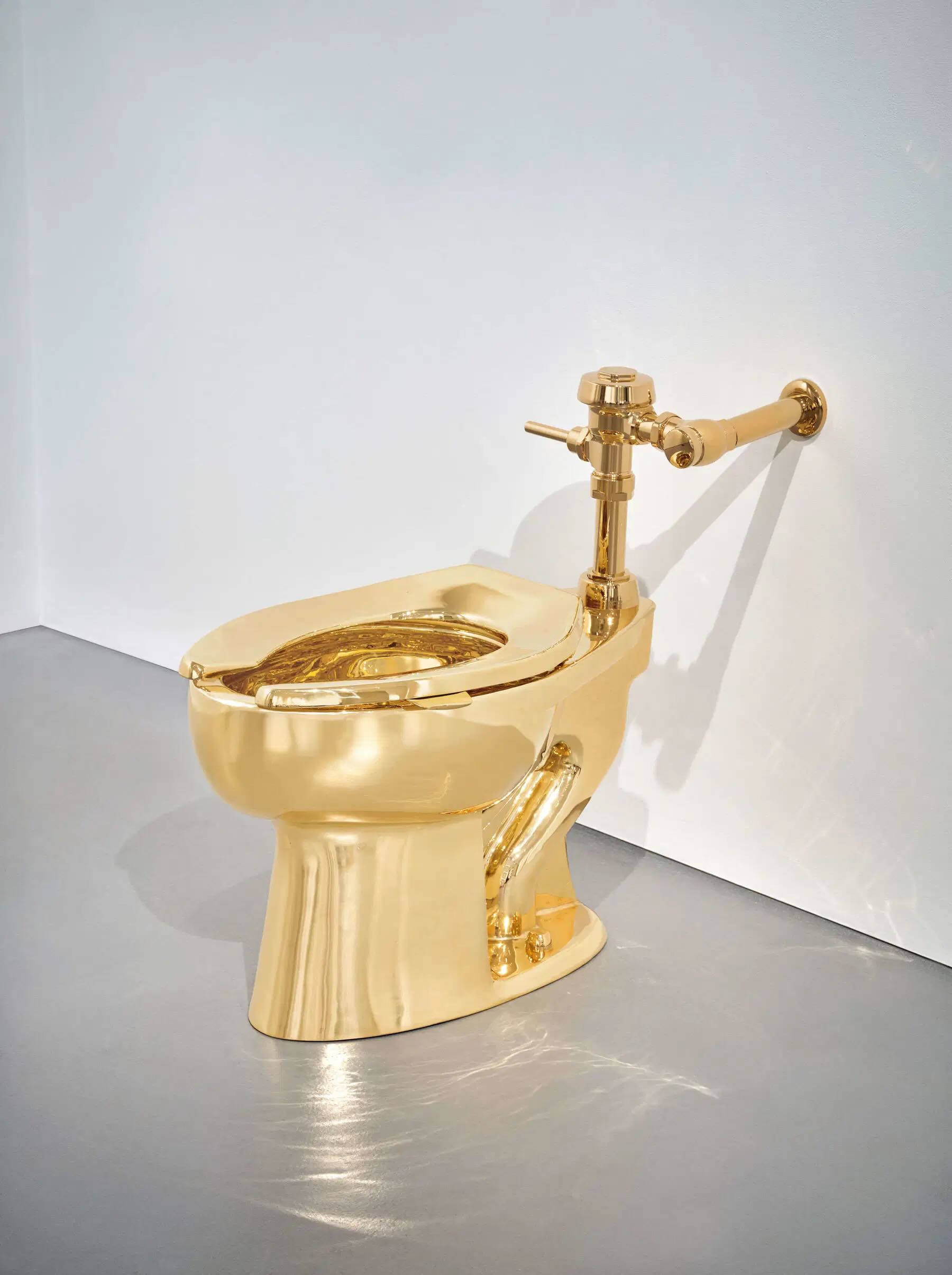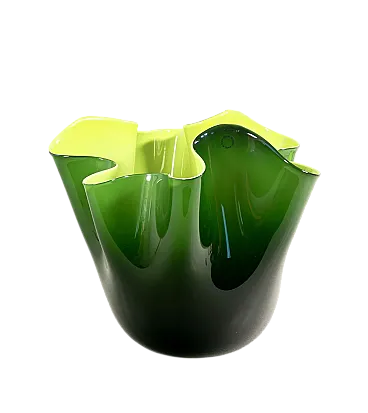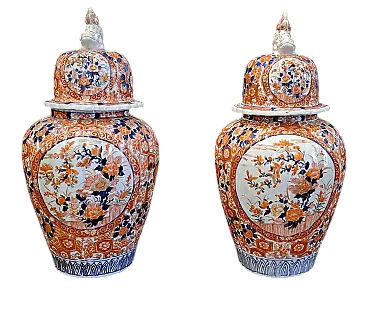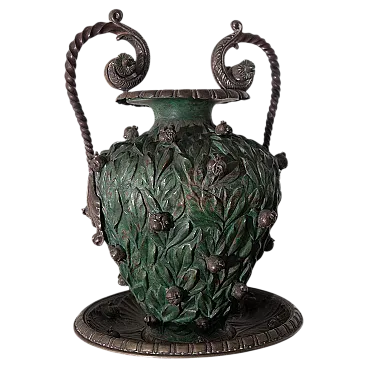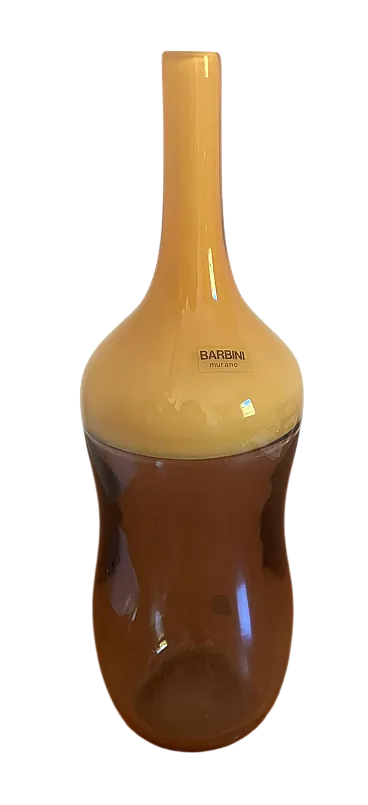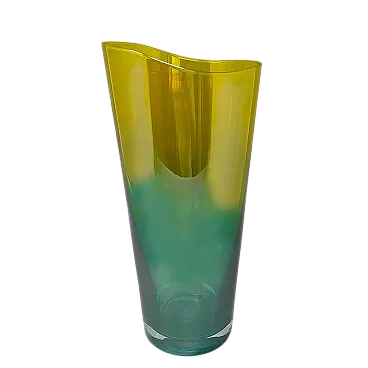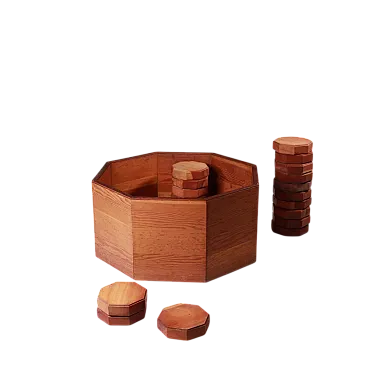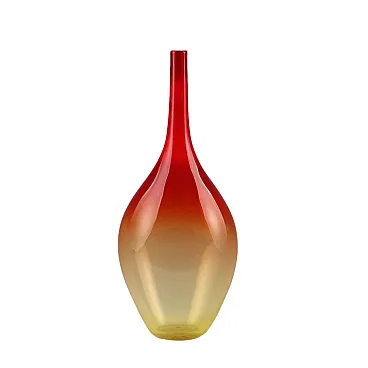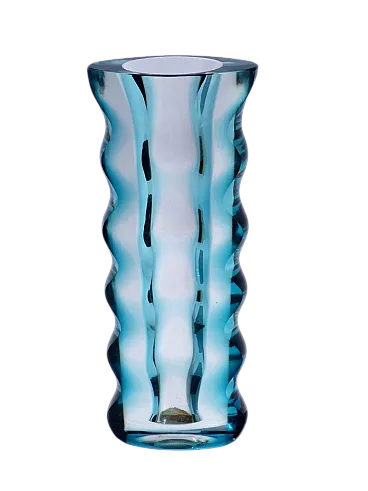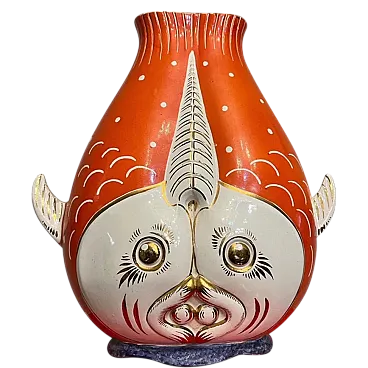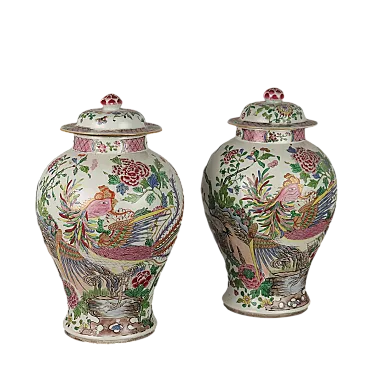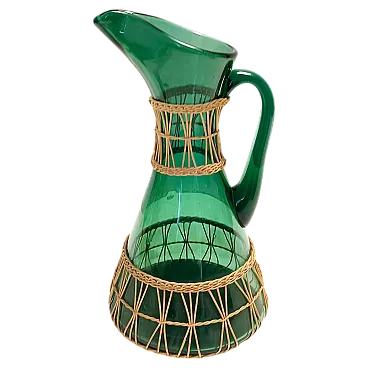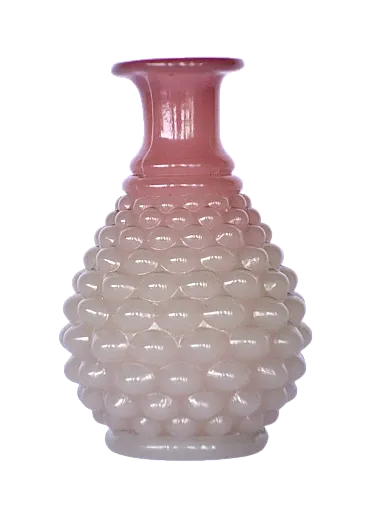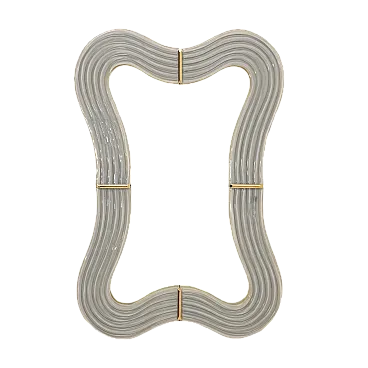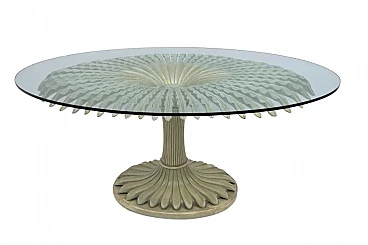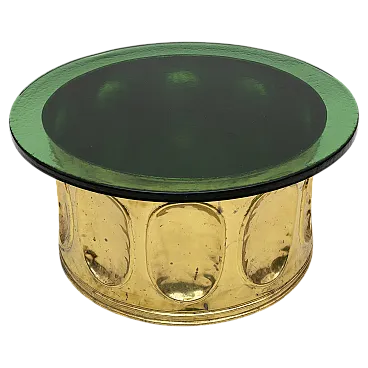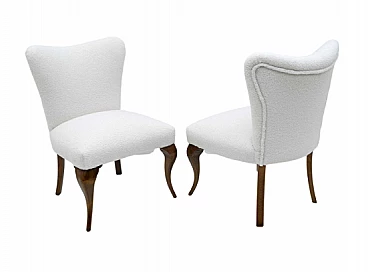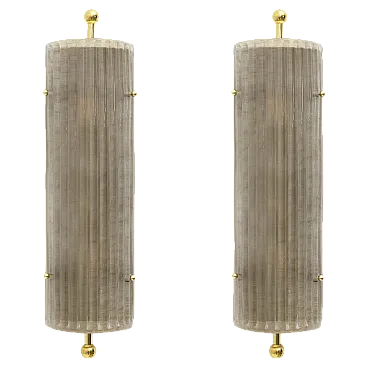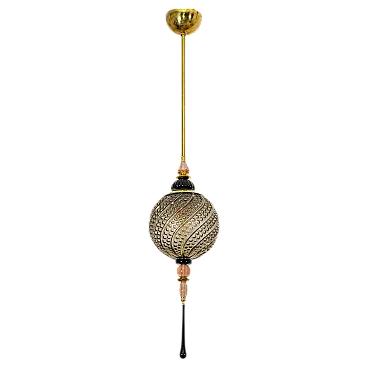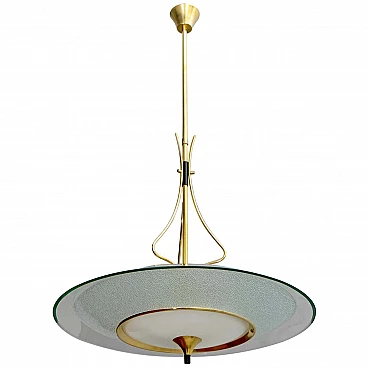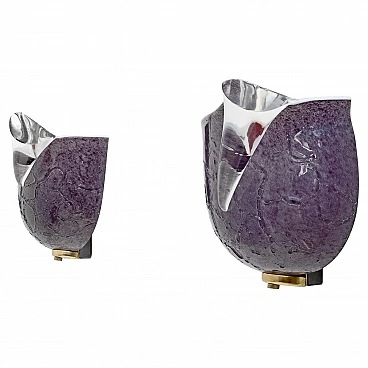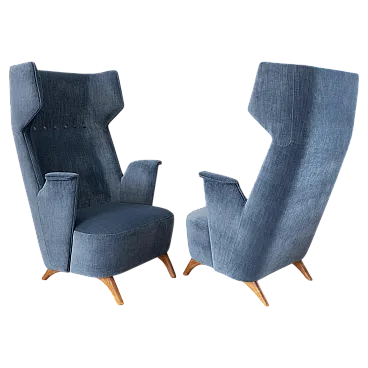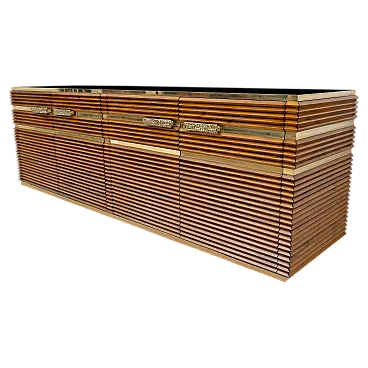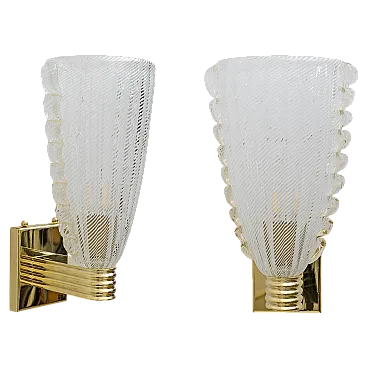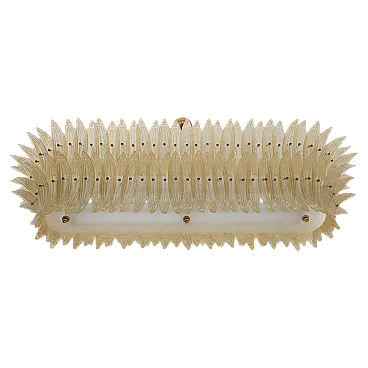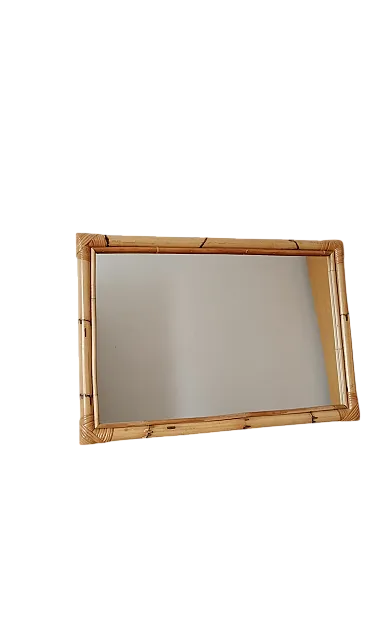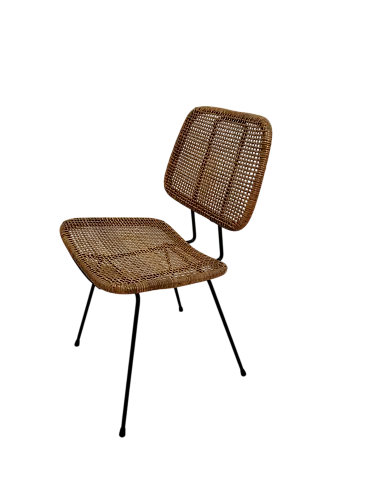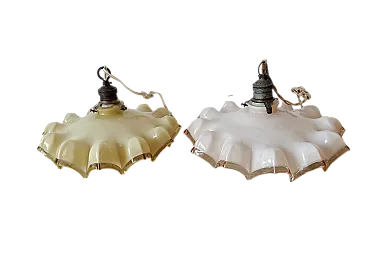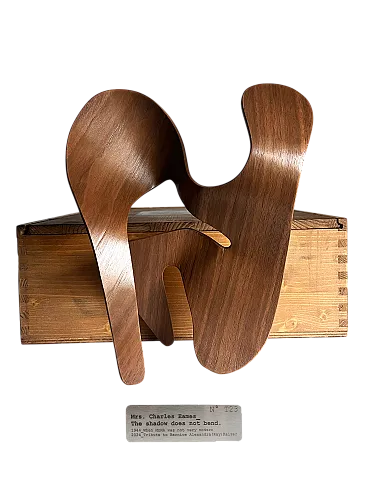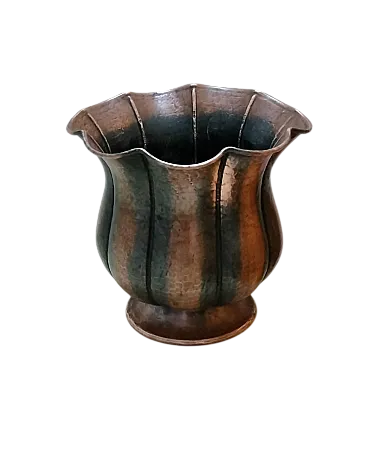Le Verre Français, France ca. 1924. Cameo glass egg jar decorated with stylised flowers. Engraved signature. This vase is very rare in both colour and design and is called: Plante de Chardon, or thistle plant. Le Verre Francais was a special line of art glass designs made by the Schneider glassworks in France between 1918 and 1932. The name was used by Schneider for vases, bowls, jugs, lamps etc. made of 2- or 3-layer cameo glass in a style that combined art deco and art nouveau features.
This line was first introduced in 1918 and was sold in their Paris gallery, run by their sister Ernestine. Le Verre Francais glass was also sold in major department stores in Paris, the United States and Europe. Several signatures were used for Le Verre glass. The first signatures consisted of a small tricolour glass rod, a patriotic touch representing the red, white and blue French flag, which was fused on the foot or bottom of the piece. Instead of being straight, it may also appear as a narrow curl. This signature is commonly called a 'candy cane'. The next signature is Le Verre Francais, engraved on or near the bottom of the piece. Especially during periods of transition, pieces can have both signatures. Schneider developed all the designs for both glass lines, but for Le Verre he gave the craftsmen the freedom to choose the colour, shape and size. This explains why some designs are available in different colours and many pieces have different shades. In most cases they did an excellent job adapting the design to a certain shape and size. The tree designs are really impressive as large pieces. Le Verre glass achieves its impact through the combination of design, shape and colour. The relatively short production period (1918-1933) provides a fascinating insight into the transition from Art Nouveau to Art Deco. During the early years, realistic drawings of animals - swans, cats - and plants - hollyhocks, bluebells - were made in dark shades, so that only by noting the colour could a piece be roughly dated. As time went on, the designs became more stylised in the art deco style and the colours became lighter.
In 1937 Ernest Schneider died and in 1939 the company declared bankruptcy and the glassworks was sold to a juice company. At the beginning of World War II, in 1940, the invading German army unloaded the contents of the glassworks, destroyed many documents and turned it into a brewery.

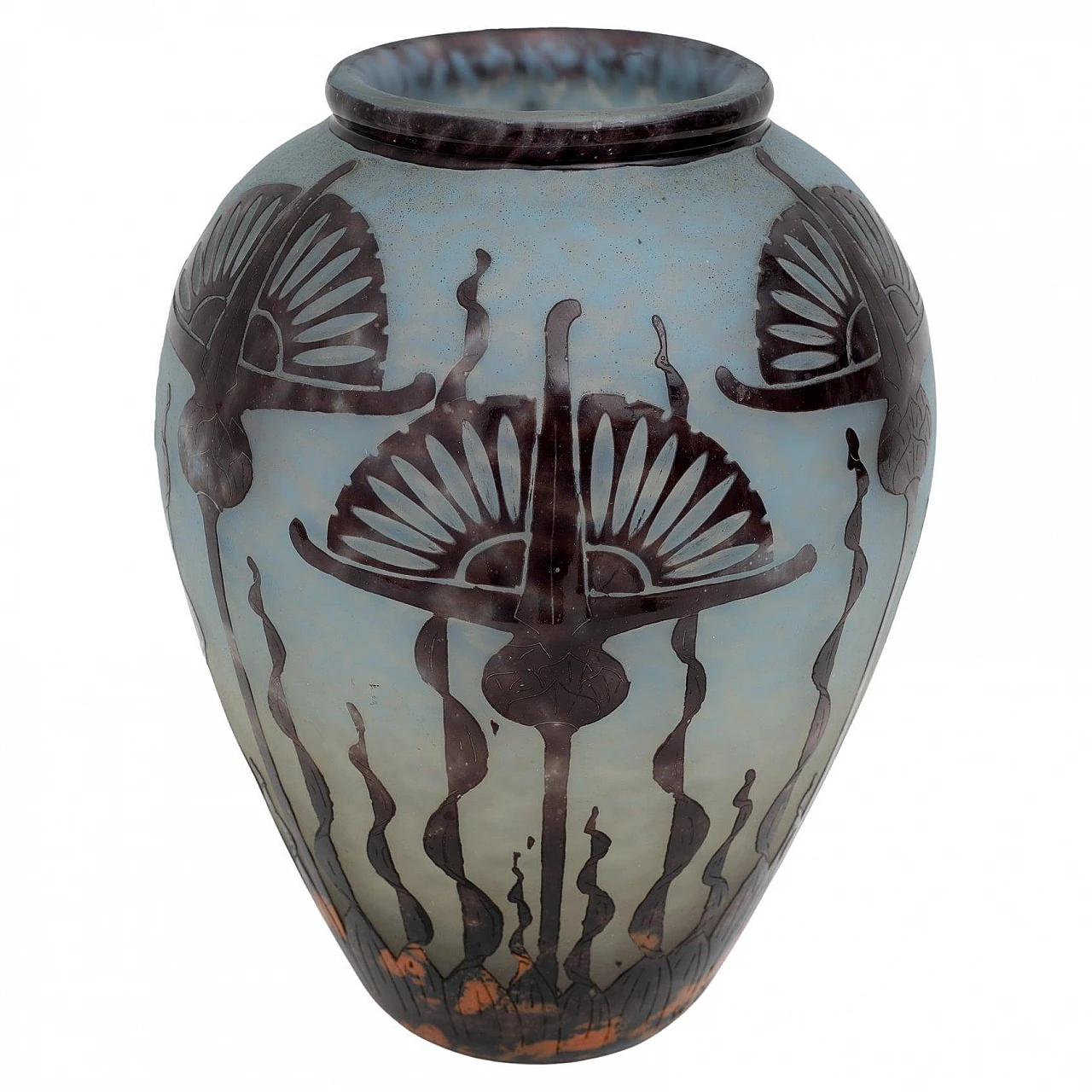
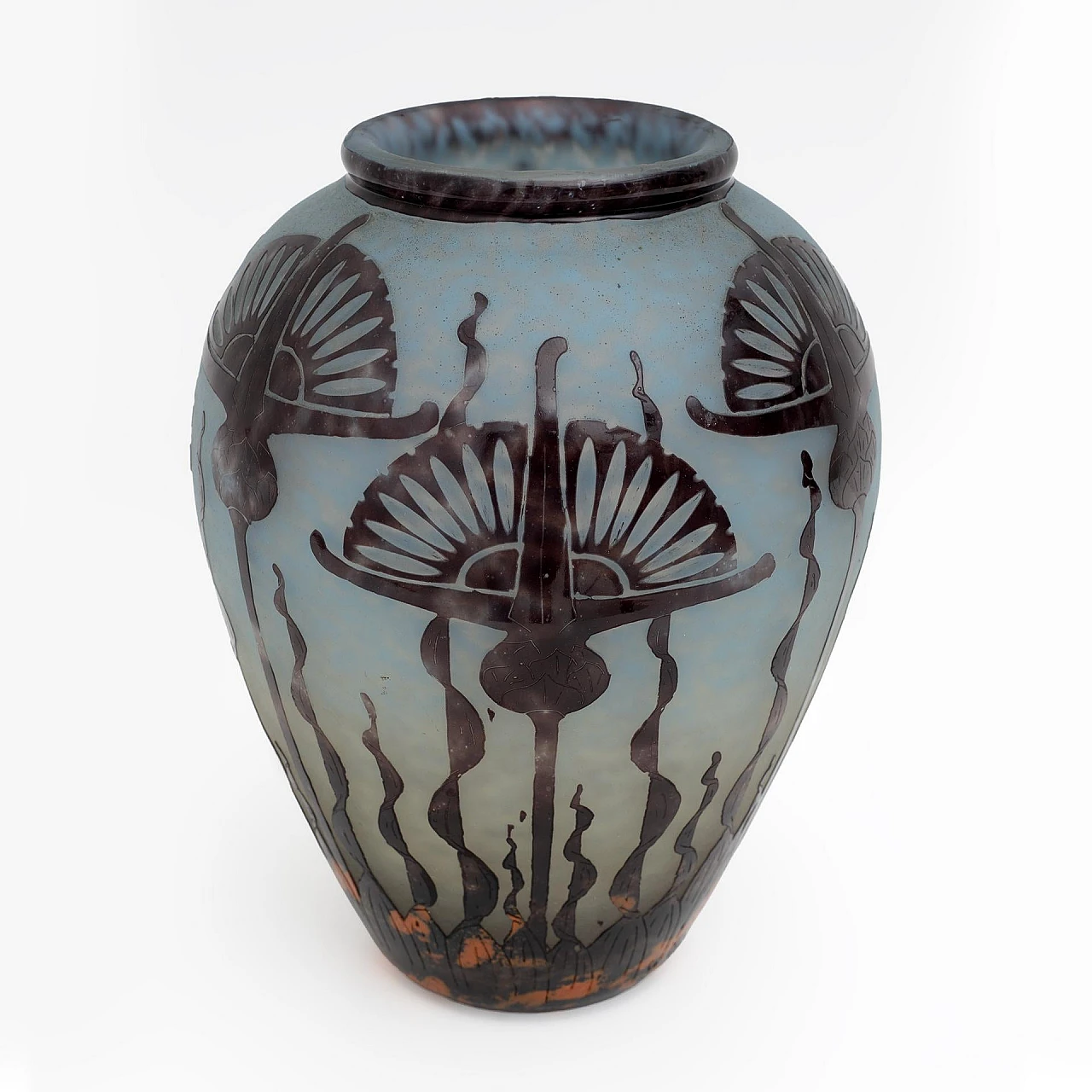

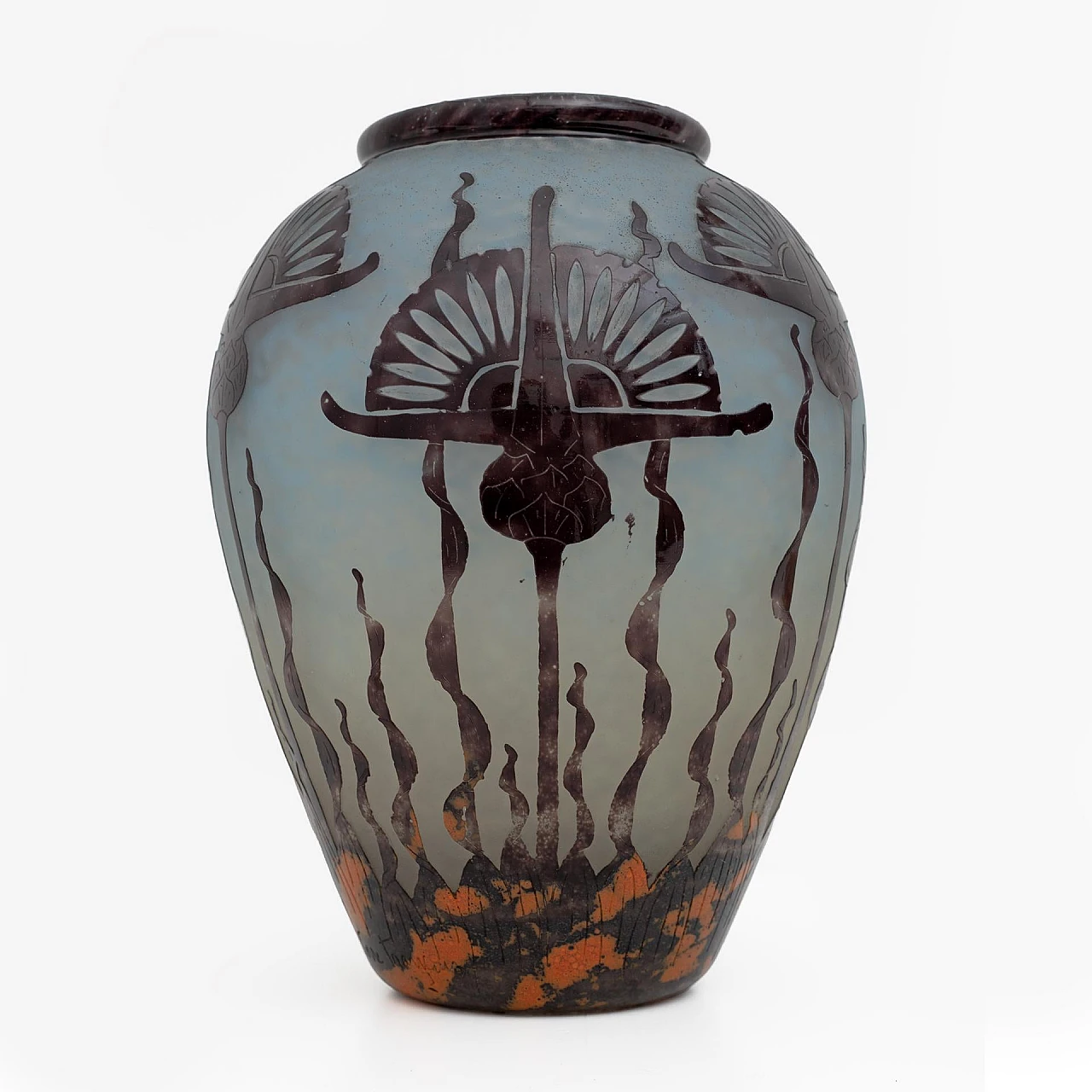
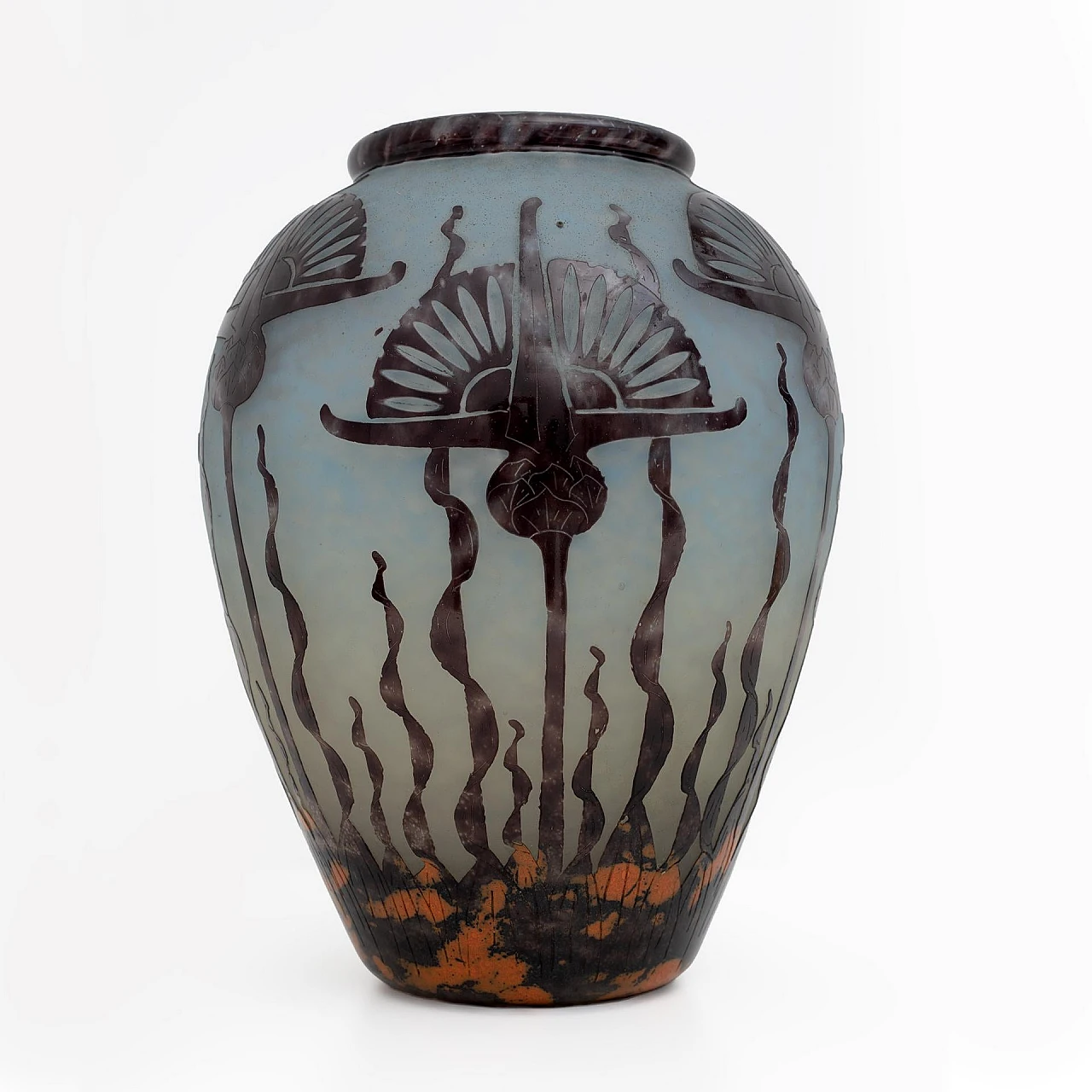
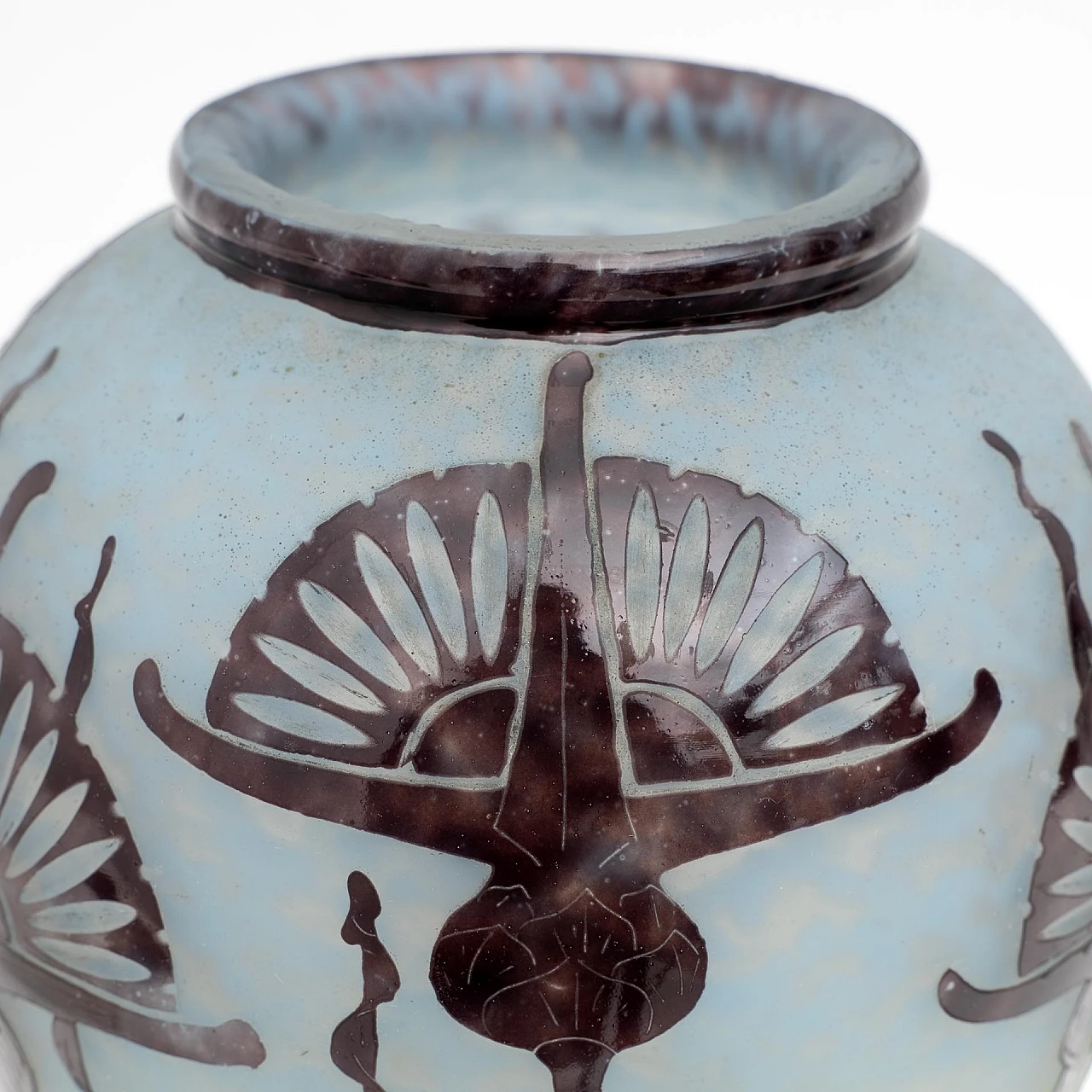
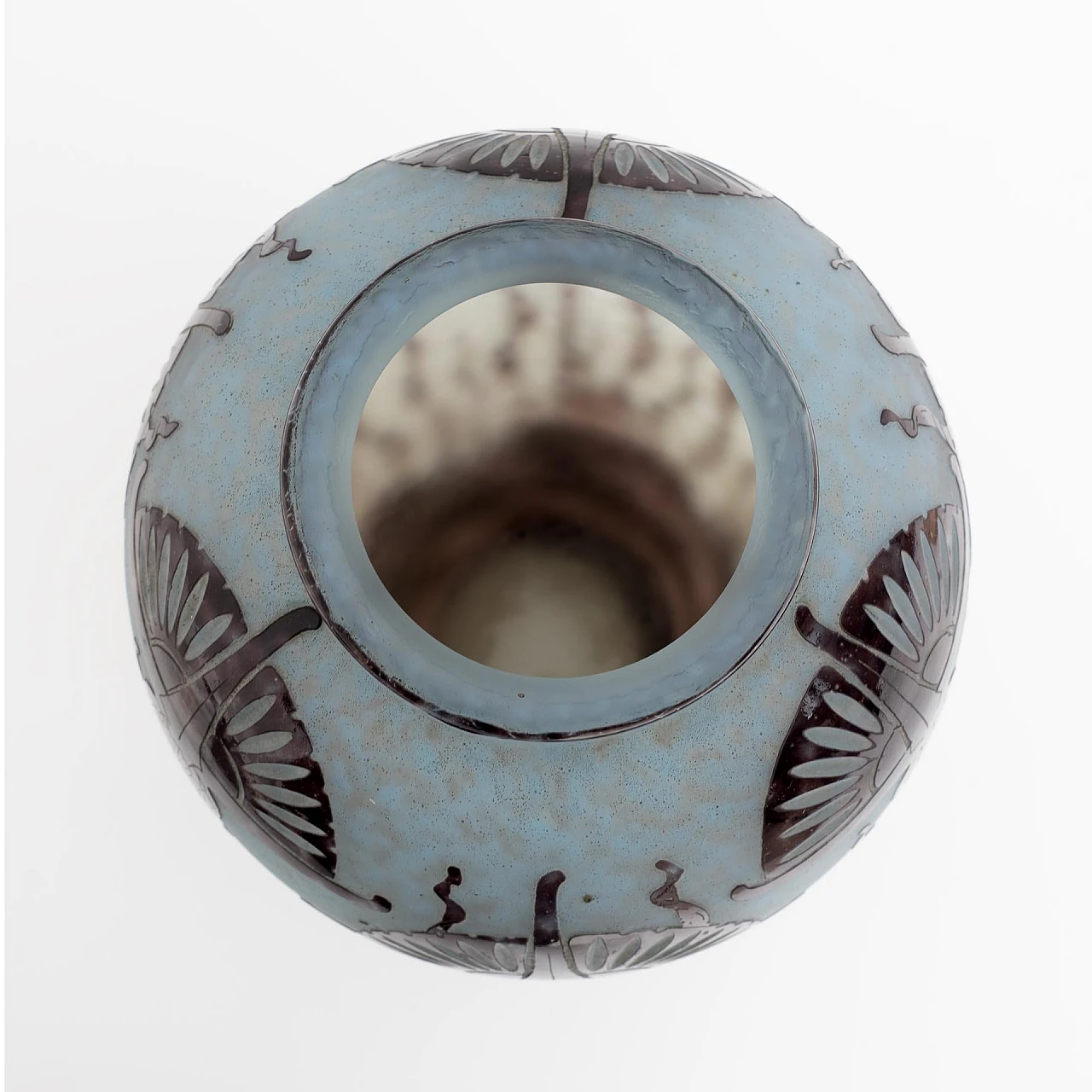
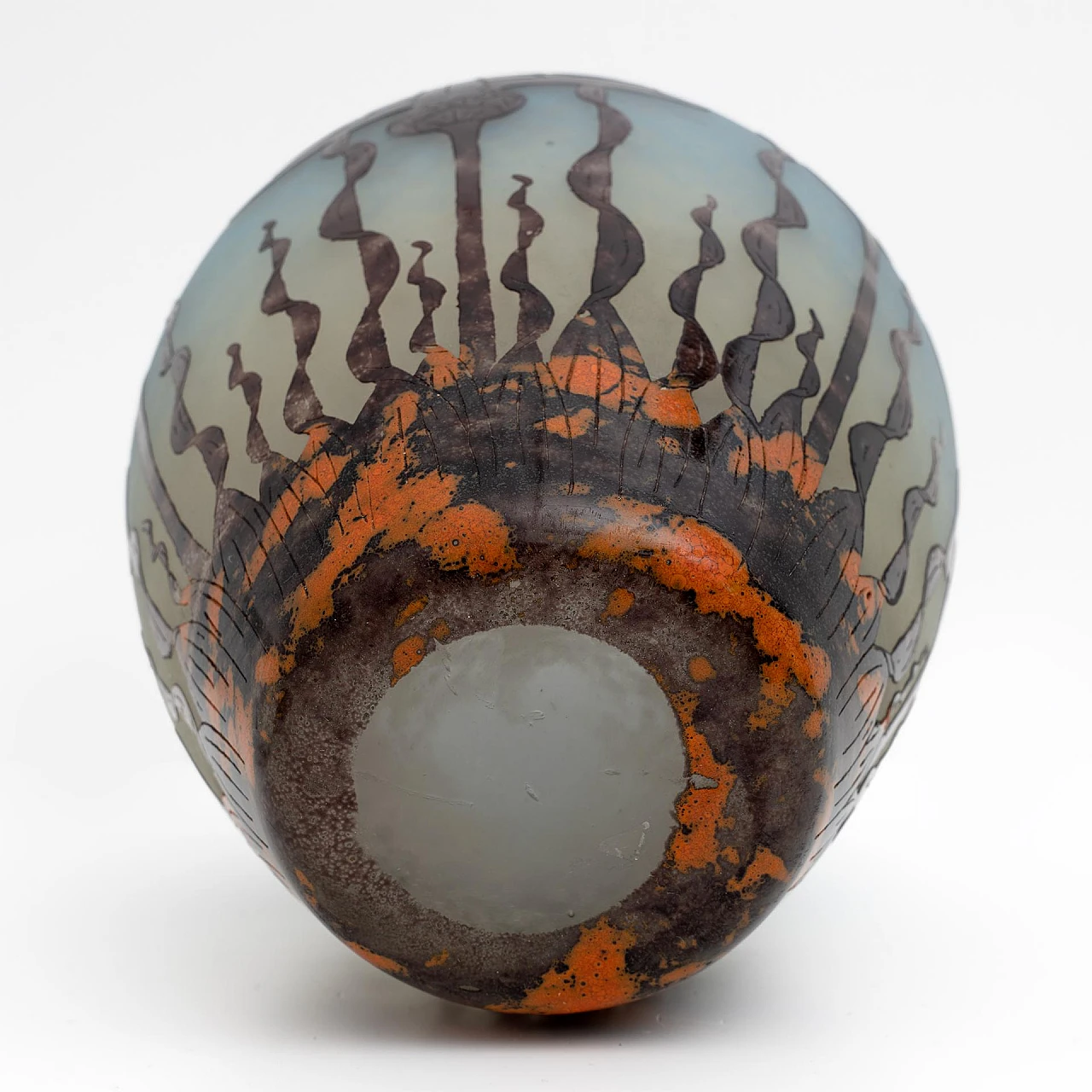
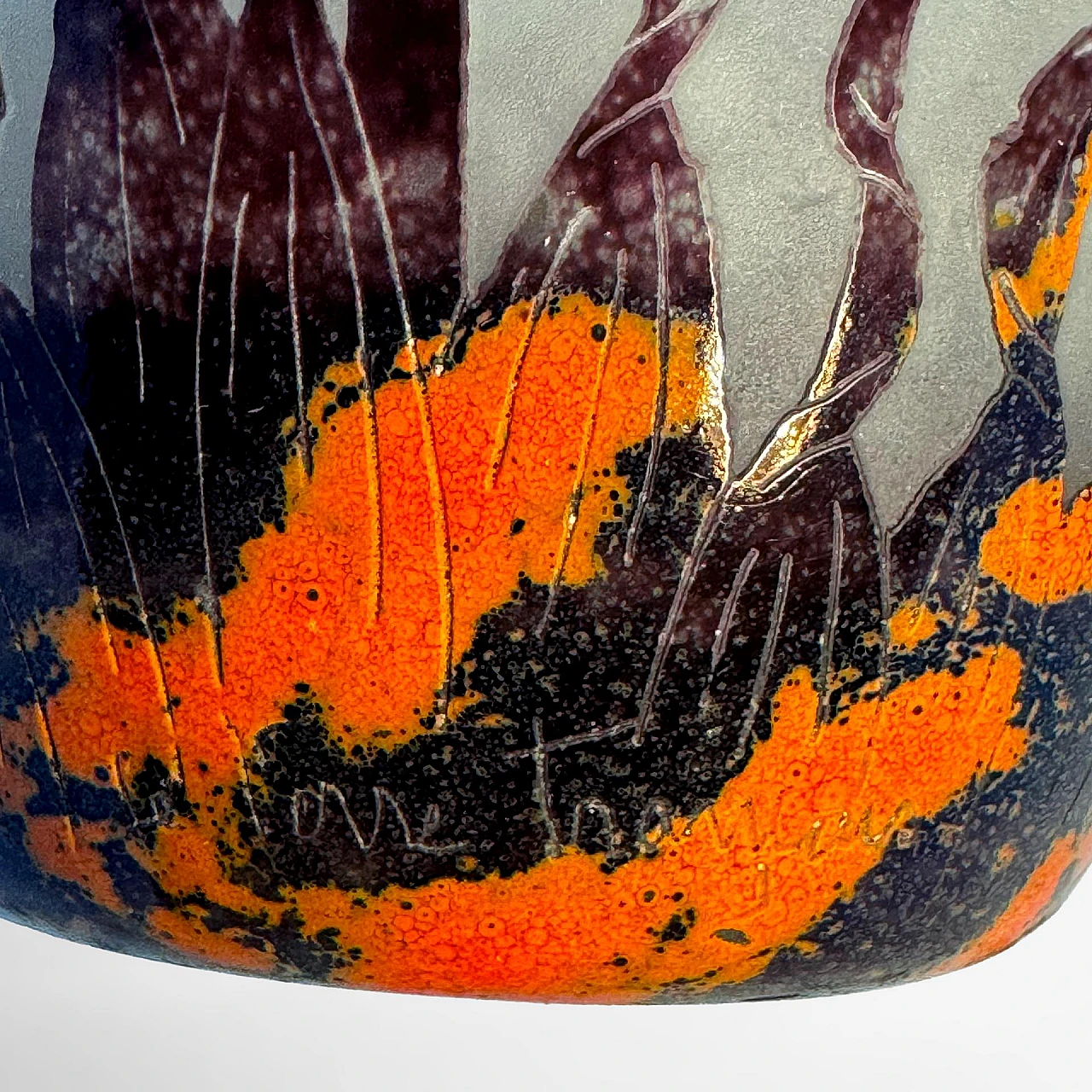
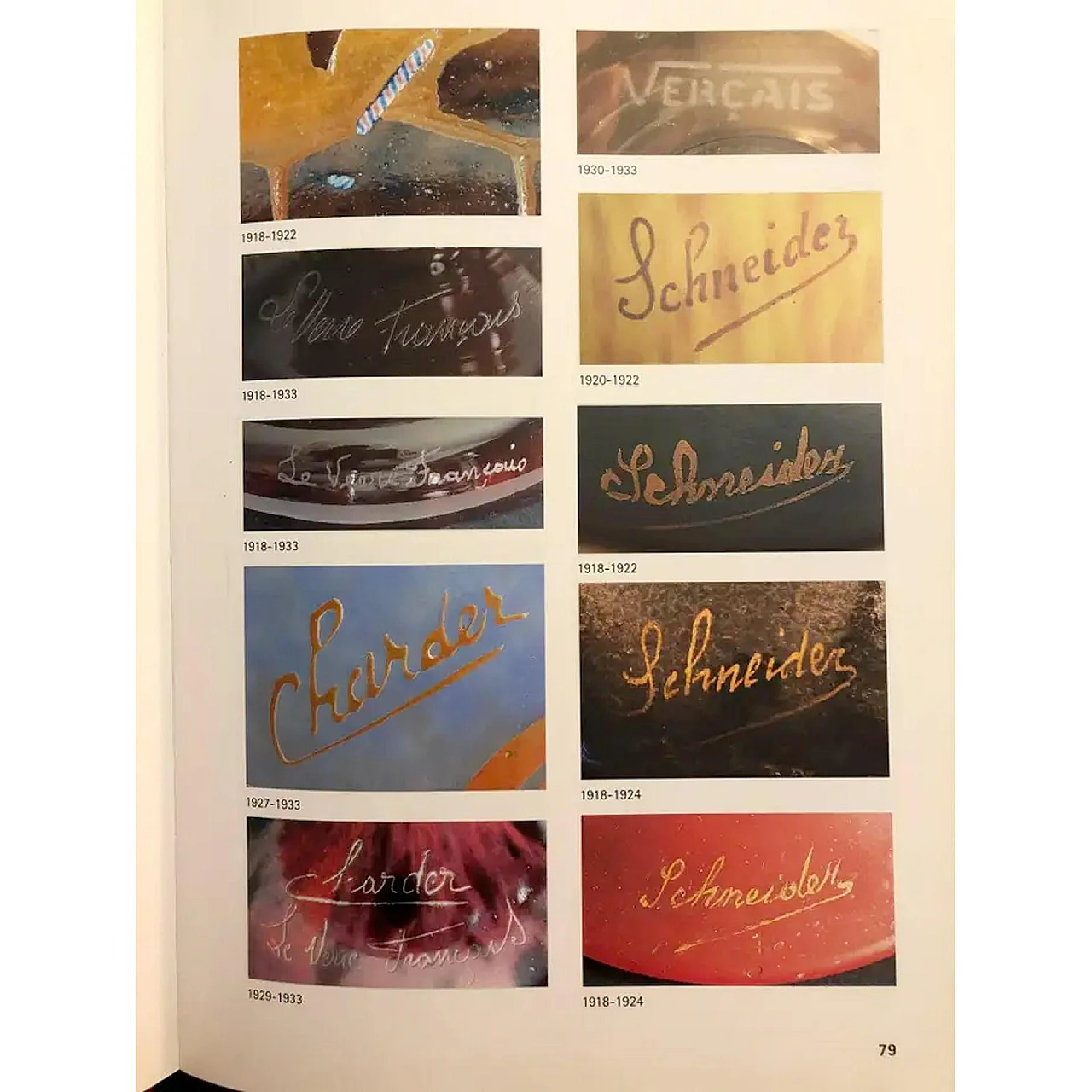
 SILVER Seller in Foggia, Italy
SILVER Seller in Foggia, Italy






.png)




